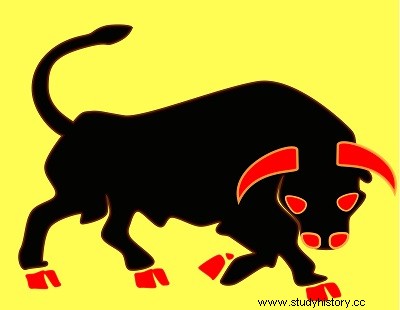
The British Armored Division of 1940 comprised a light armored brigade with three mixed battalions, and a heavy brigade with three battalions of medium tanks. Their support was provided by an accompanying group comprising an infantry battalion, a small artillery regiment and an engineer company.
The ratio of tanks to infantry continued to increase, to reach 6/1, but the trend was reversed when the accompanying group was reinforced with a second infantry battalion and a mixed regiment of anti-tank and anti-aircraft artillery. In addition, all tank units were subsequently provided with medium tanks.
After the Battle of France, the armored division was further reinforced by the assignment of a divisional armored car battalion , and the mixed artillery regiment was replaced by two separate regiments, one armed with 40 mm Bofors guns, and the other with anti-tank pieces. Each of the armored brigades subsequently had its own infantry battalion.
With the increase in resources made available, the number of Armored Divisions (A.D.) gradually increased to reach the figure nine.
A new staffing and staffing table was adopted in 1942, closer to that of the Pz.D. German. The armored car battalion was maintained as well as one of the two armored brigades, but a mechanized infantry brigade replaced the second. The accompanying group was suppressed, but artillery fire support was reinforced by a second regiment of 17-pound towed guns, later replaced by self-propelled guns.
